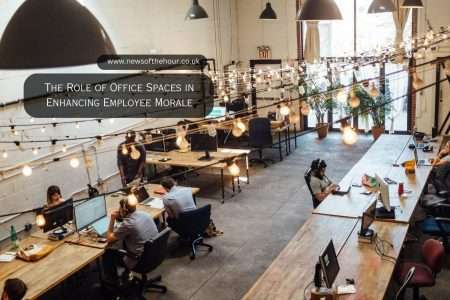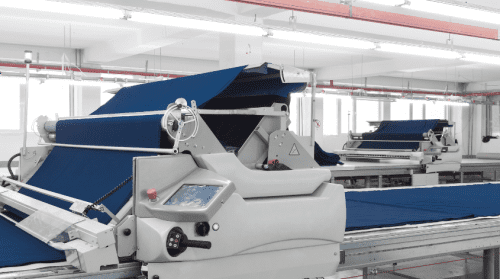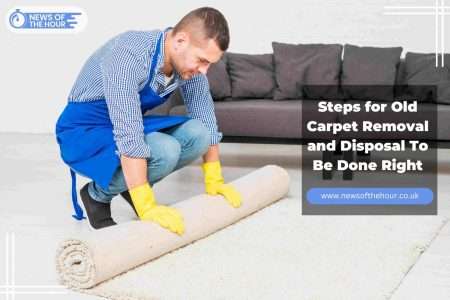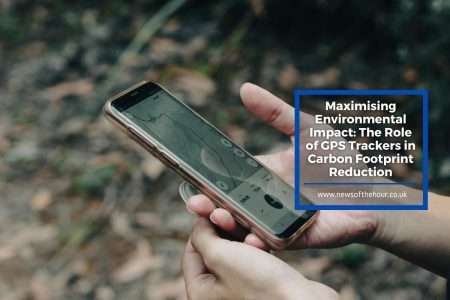5 Preventive Maintenance Checklists to know as a Building’s Owner or Facility Manager

Table of Contents
Proper building maintenance is important to ensure that buildings are conducive, clean, and safe for building occupants to carry out their daily routines.
To attain the goal of proper building maintenance, conducting regular inspections through preventive maintenance checklists is key.
Below are five preventive maintenance checklists you should know as a building owner or facility manager.
1. Ventilation Checklist
Having quality ventilation checklists guides maintenance technicians to perform critical inspections of ventilation and airflow systems and to take corrective actions if needed. This is crucial as poor ventilation increases the chances of airborne transmission of COVID-19.
As air filters are designed to filter pollutants or contaminants that pass through them, including particles containing viruses, a ventilation checklist should include inspections on the replacement and proper installation of filters in the correct direction for airflow. This is to ensure that air is not blown directly from one person to another, reducing the potential spread of droplets that may contain infectious viruses like COVID-19.
Without vigorous air movement in an enclosed space, there will be a spread of the fine droplets and particles through the air. Therefore, maintenance technicians should also modify the heating, ventilation, and air conditioning system to supply outdoor air to areas without an outdoor air supply. Inspecting that all air dampers are open and air ducts are not blocked are similarly crucial so that there is optimal provision of outdoor air.
These are important in indoor settings to ensure air circulation.
2. Lighting Inspection Checklist
A conducive physical environment does not miss out on proper lighting as it is important for an employee’s productivity at work. Therefore, efforts should be dedicated to lighting inspection. Using detailed lighting inspection checklists that take into account specific conditions that employees are facing during different times of the day at work, it would lead to improved productivity at work.
Aspects such as whether windows or skylights are whitewashed or shaded to avoid glare and whether there is local lighting for close work to reduce eye strain and fatigue are important for office employees who are facing their laptops most of the time. Even the position of computer screens is crucial to prevent ceiling lighting from being reflected as it can produce glare for employees.
3. Fire Door Inspection Checklist
A fire door is a purpose-built door to withstand roaring fires for as long as possible. They not just enable buildings to compartmentalize and delay the spread of fire from one area to another but also enable a safe exit from a building.
A few minutes, or even seconds of delay can cost lives which highlights the importance of a working fire door. Therefore, rigorous fire safety inspection checklists are vital for proper examination of fire doors. One of the elements that the certified fire safety inspector should remember to look out for is whether there are any indentations or punctured holes in the fire doors. Fire doors are intended to resist the passage of fire and smoke. With holes, it would allow the infiltration of fire and smoke which render the fire doors ineffective.
During a fire, building occupants might panic and not close the fire door while escaping. Some might not even know that the fire doors are meant to be closed or worse still, not know what a fire door is. Therefore, a check on whether an automatic door closer is installed is needed.
It is also important to examine whether intumescent stripes are installed within the fire door frame as it is designed to expand when temperature reaches beyond 200°C to seal the gaps between the door and frame.
4. Restroom Checklist
With COVID-19, regular sanitation is particularly important especially in public settings such as restrooms, a place filled with germs and bacteria. Therefore, rigorous restroom checklists play an important role in maintaining a high standard of cleanliness.
Toilet and toilet seats should be cleaned, disinfected, and wiped dry as different building users sit on them daily. Door handles, wall switches and other “high contact” areas should be cleaned, disinfected, and wiped dry to not just prevent the spread of bacteria but also surface-based transmission of COVID-19. Similarly, soaps and paper dispensers should also be disinfected and restocked so that users won’t be deprived of the chance to wash their hands and spread germs to others.
5. Building Security Walkthrough Checklist
To safeguard physical assets, intellectual assets, and people in a building, building security must be enforced through a comprehensive building security walkthrough checklist that examines different aspects such as the doors and windows, security alarms and also personnel.
Simple but easily overlooked checks like whether hinges that are exposed on a door’s exterior are equipped with non-removable hinge pins are critical. Maintenance technicians must also ensure that alarm systems are working for them to be able to successfully dial in case of emergencies. To prevent trespassing, security personnel should also check the exits, entrances, and windows to make sure they are secure before leaving each night.
Clearly, it is important to take preventative building maintenance seriously as well-maintained buildings help to protect the occupants and retain the value of your properties. Do check out Facility Bot’s preventive maintenance checklists here to kickstart the proper and thorough maintenance of your buildings.












